Moose Jaw Western Development Museum
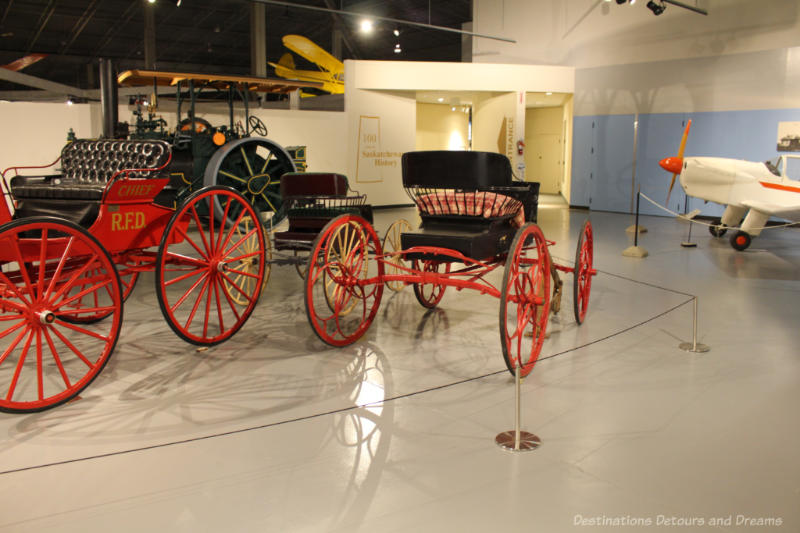
Saskatchewan history with a focus on transportation at the Western Development Museum in Moose Jaw, Saskatchewan, Canada
The Western Development Museum (WDM) is the largest human history museum in the Canadian province of Saskatchewan. It was four locations: Saskatoon, North Battleford, Yorkton, and Moose Jaw. Each focuses on a different aspect of Saskatchewan history. The focus of the Moose Jaw location is transportation. One gallery in that museum covers the overall history of Saskatchewan as a province. All remaining galleries feature transportation.
100 Years of Saskatchewan History
Saskatchewan became a province of Canada in 1905. The 100 Years of Saskatchewan History gallery chronicles the first 100 years of the province. This gallery was my personal favourite in the museum. I found the combination of political and social history very interesting.
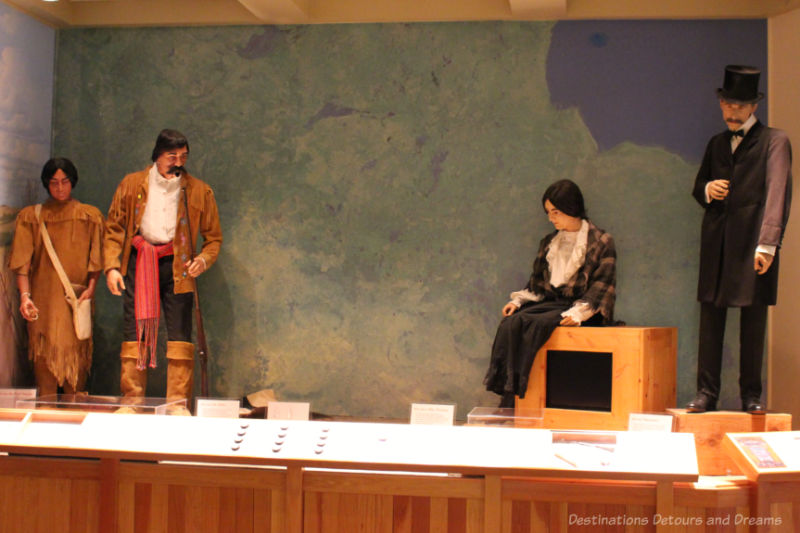
Of course, the land existed and was inhabited long before the province of Saskatchewan was created. A diorama at the entrance to the gallery speaks to life before provincehood. Mannequins on the left represent First Nations and Métis people; on the right European settlers.
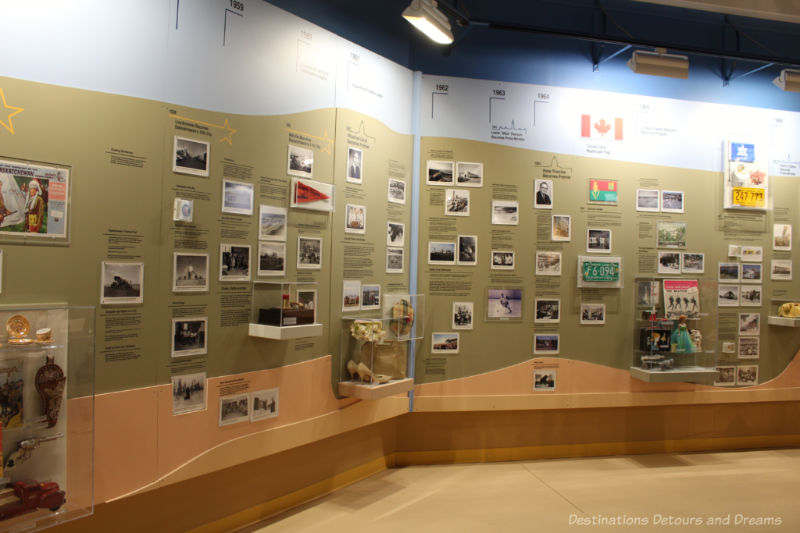
The walls of the gallery are a timeline featuring events throughout the 100 years. The variety of events include elections, other political items, creation and expansion of cities, festivals, sports history, and business history items such as the creation of the Saskatchewan Wheat Pool for farmers to cooperatively market their grain.
Three special stories are explored in details: Saskatchewan weather, the road to Medicare (Canada’s publicly funded health care system has its roots in Saskatchewan), and Saskatchewan transportation beyond the grid.
You’ll also find out about the lives and times of residents over the ages with information about fashion, entertainment, games, and technology. Display cases interspersed amid the timeline showcase artifacts from different eras.
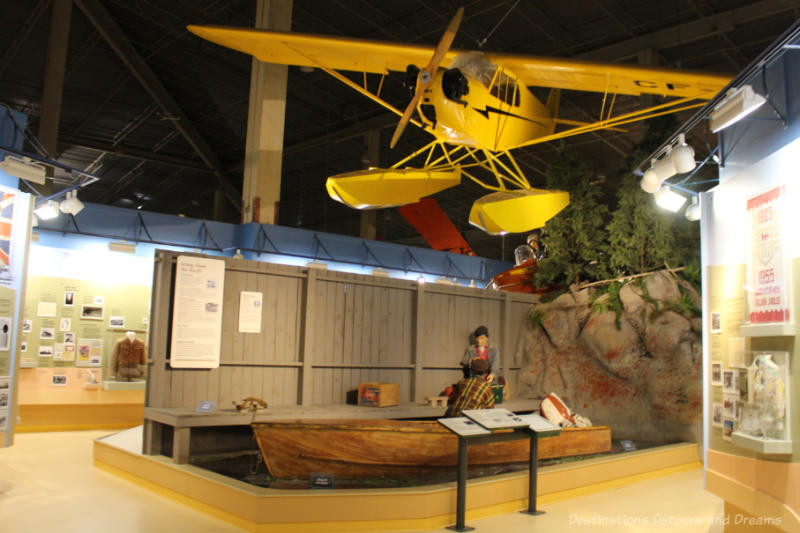
Snowbird Gallery
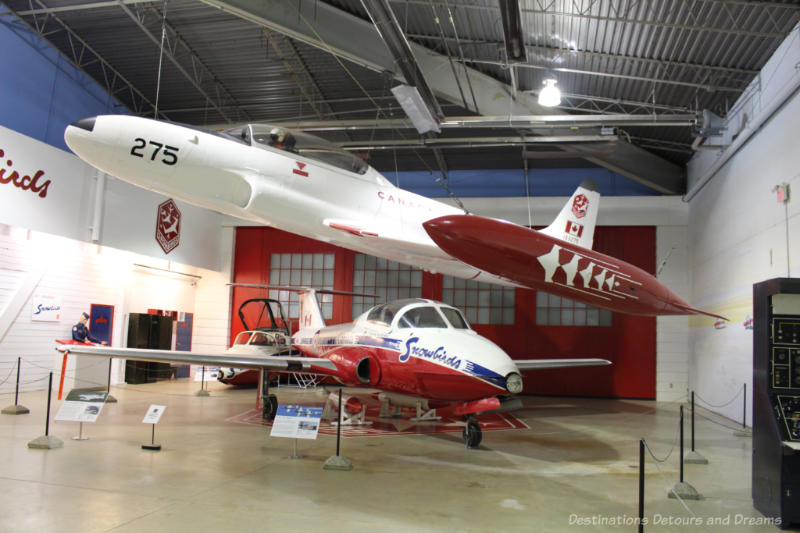
The Snowbirds gallery tells the story of the Canadian Forces Snowbirds, a Canadian icon comprised of Canadian Armed Forces members and National Defence Public Service employees. Based at 15 Wing in Moose Jaw, the Snowbirds aerobatics flight demonstration team thrill the Canadian public with their performances.
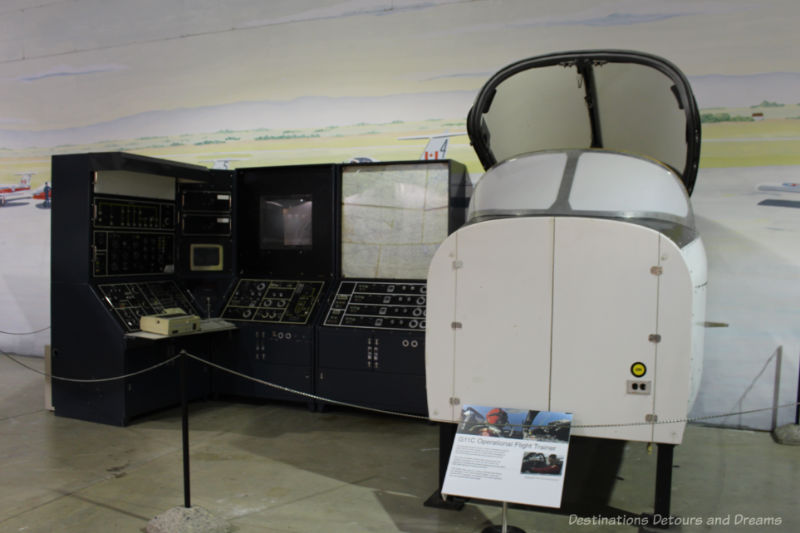
Aviation Gallery
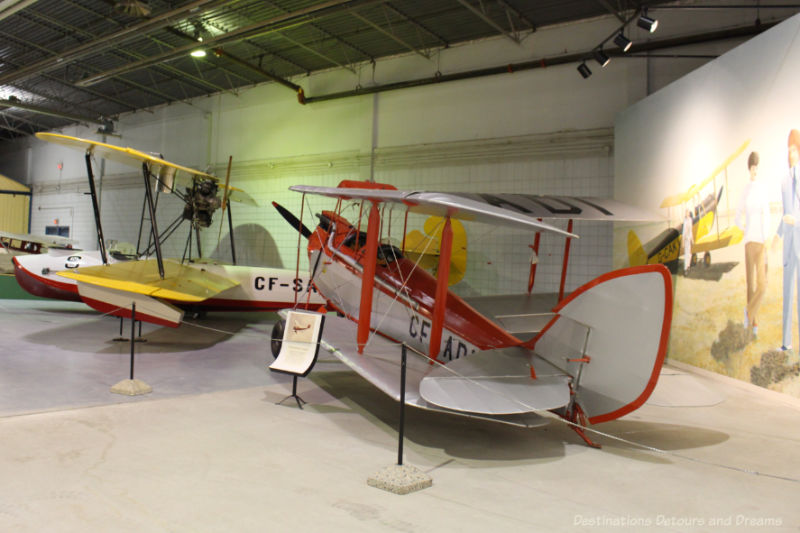
The Aviation Gallery contains a collection of planes, gliders, and aircraft engines. Planes on display include ones that flew as part of the British Commonwealth Air Training Plan during the Second World War, and a replica of the Vickers Vedette used by the Royal Canadian Air Force for aerial mapping and forest fire patrols in Canada’s north, as well as several other aircraft.
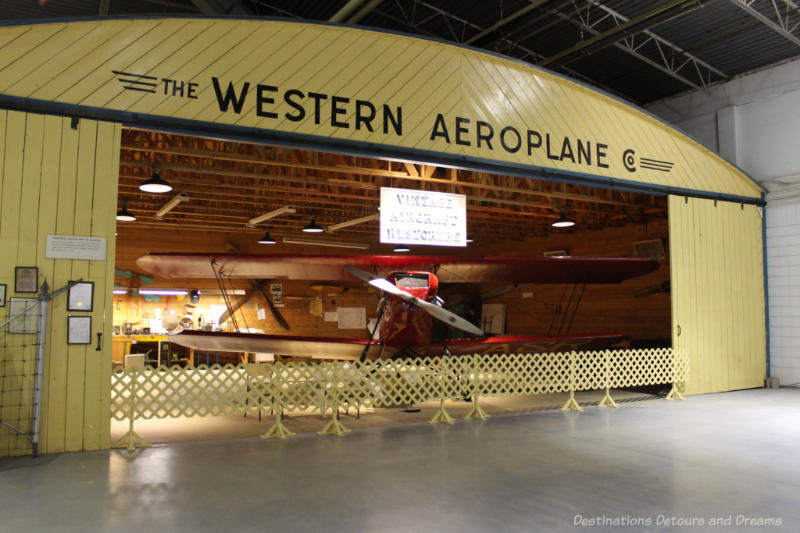
The gallery contains an actual size replica of the Western Aeroplane Co. Hangar, the first hangar in Moose Jaw, built in 1920 but forced to close during the 1930s depression. It was originally located at what is presently the sixth hole of the Lynbrook Golf Course.
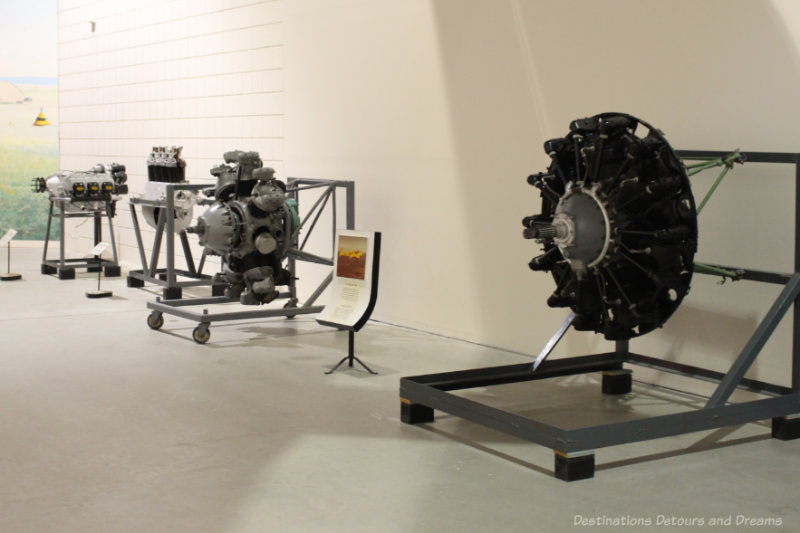
Land Gallery
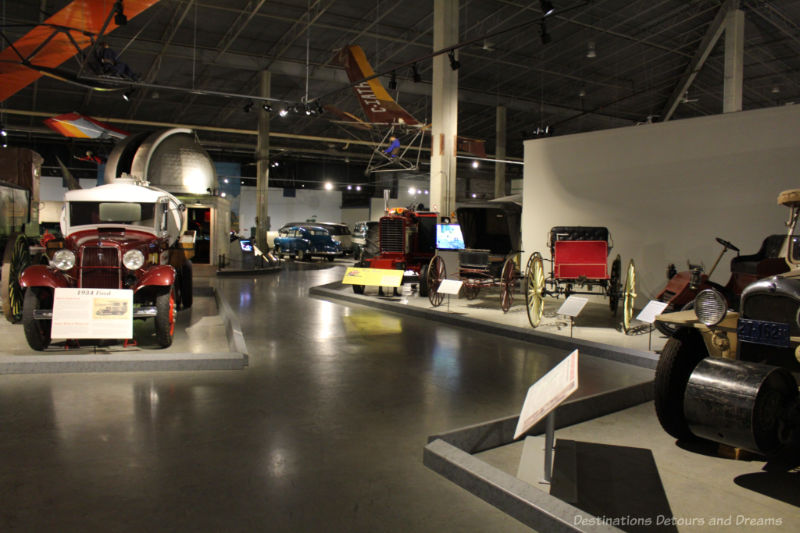
The Land Gallery, which contains over 40 cars and another 16 trucks, showcases the highs and lows of Saskatchewan land travel transportation. Information about the vehicles is posted alongside the vehicles.
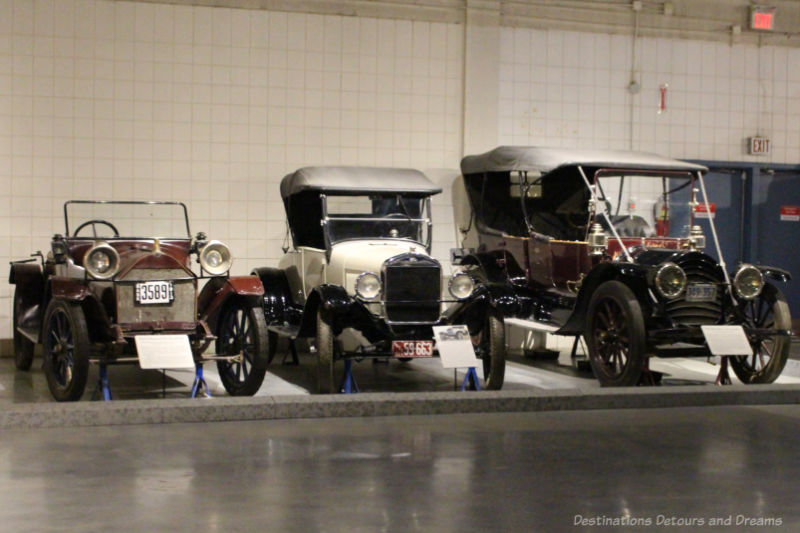
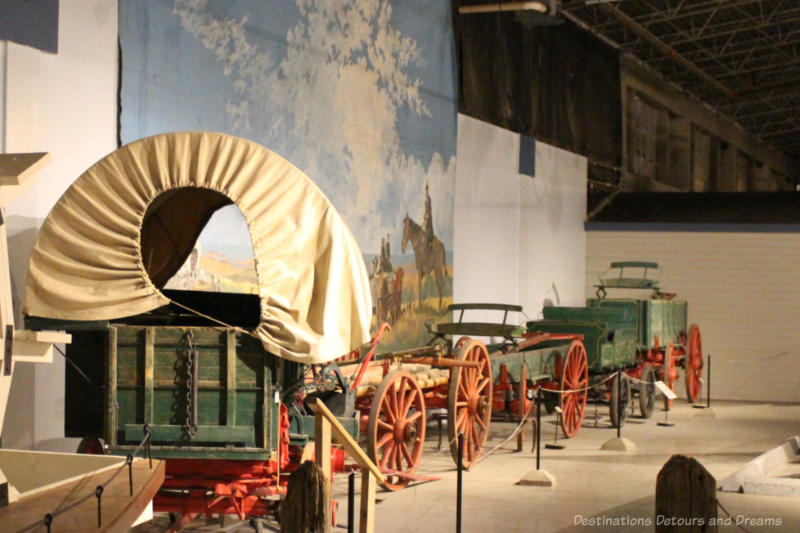
The Cheshire View Trailer was built in Manchester, England between 1946 and 1948 from materials salvaged from buildings bombed during Word War II. The Thane family brought the trailer with them to Canada in 1952.
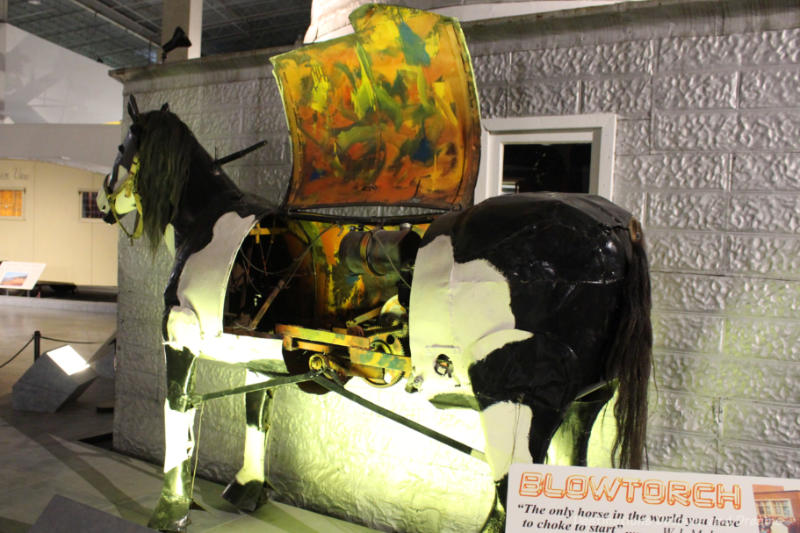
Blowtorch, a life size mechanical horse, was the pet project and creation of W.J. McIntyre, a Swift Current, Saskatchewan investor. With a body fashioned from sheet metal, a nine horsepower gasoline engine provided the horsepower. The hooves hid small wheels.
Observatory
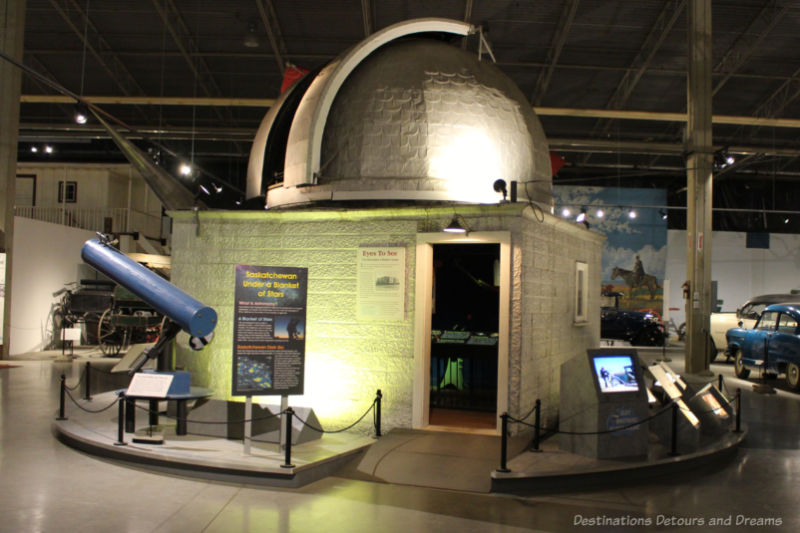
You’ll find an observatory in the middle of the vehicles. Observatories house equipment to view the stars. The observatory on display was originally built in 1913 by a group of amateur astronomers in Regina, Saskatchewan who had formed the Saskatchewan Astronomical Society. They built it on the roof of Regina Collegiate, later called Central Collegiate. It was Regina’s first high school and operated from 1908 to 1985.
Classy Cars
You pass through the Classy Car Exhibit to enter the Land Gallery. Here, the museum presents 11 of its “classy” vintage cars spanning 70 years from a 1907 Russell to a 1979 Lincoln.
Winter Travel
During the 1930s and 1940, hazardous conditions and impassable winter roads led to the development of vehicles able to travel across snow-covered fields. The museum contains a collection of winter travel vehicles.
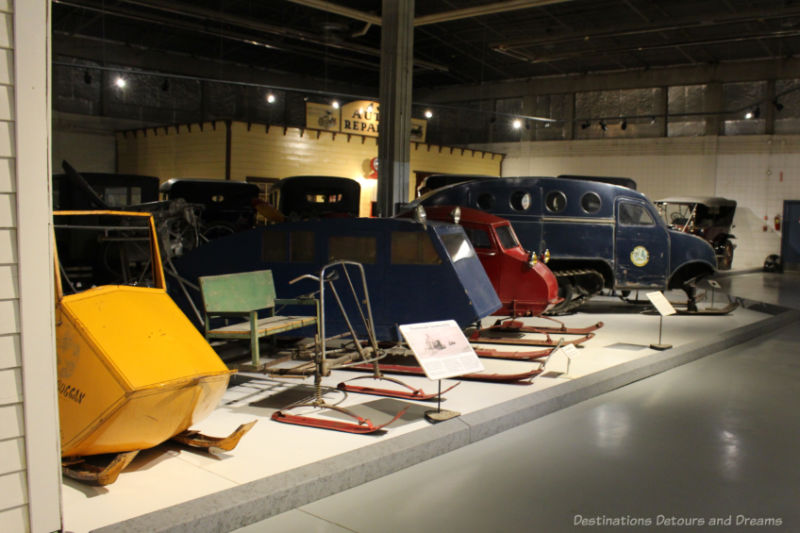
Watercraft Gallery
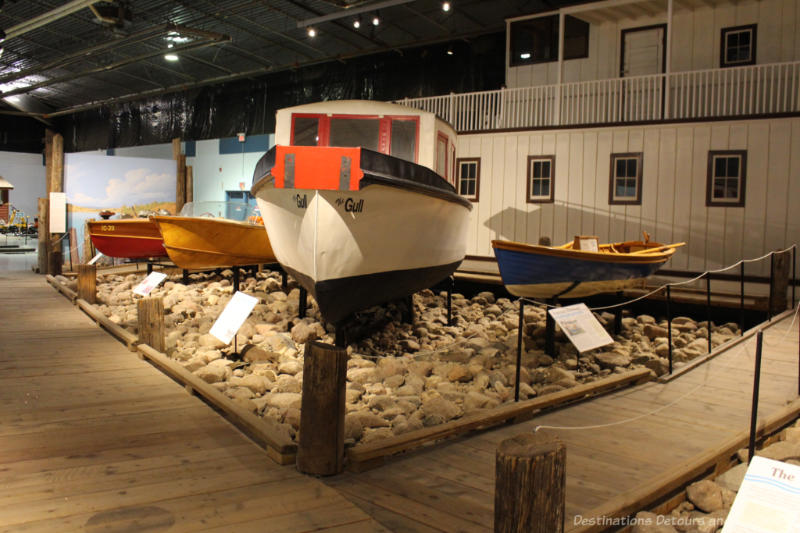
Saskatchewan’s rivers brought explorers and adventurers to the West. Canoes, York boats, and steamboats plied Saskatchewan waters. Ferries took people and belongings across rivers, usually at narrow points with gentle sloping banks. A collection of watercraft along with stories about river travel and river crossings are found in the Watercraft Gallery.
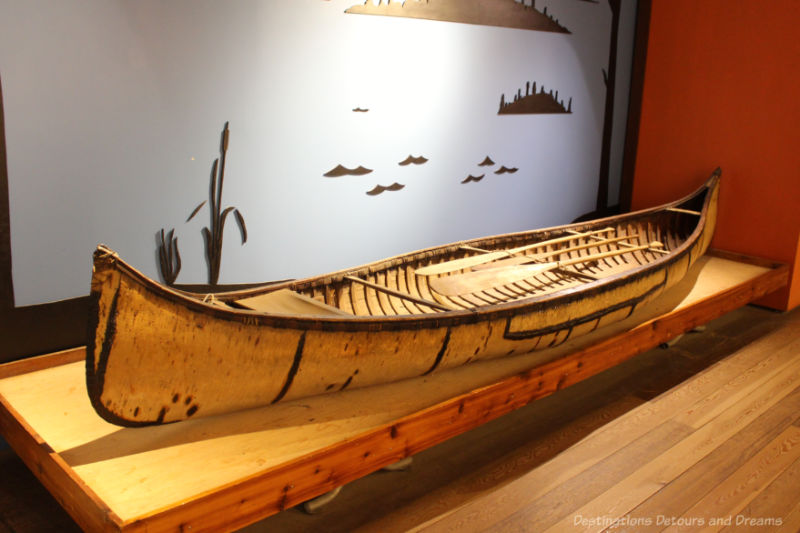
Railway Gallery
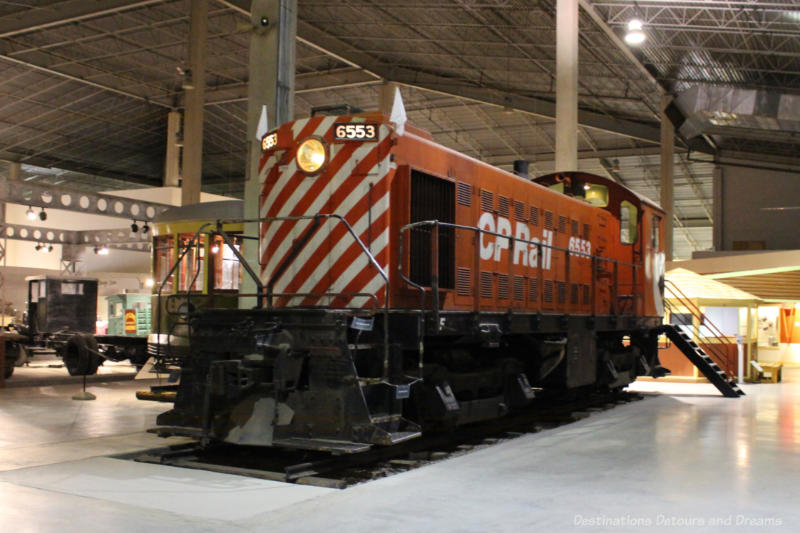
Travel to and on the Canadian prairies changed with the coming of the railroads in the late 1800s and early 1900s. The rails linked prairie communities with the outside world. Steam locomotives brought settlers and goods and shipped grain on the first part of its journey to markets around the world. The Railway Gallery showcases the history of rail transportation.
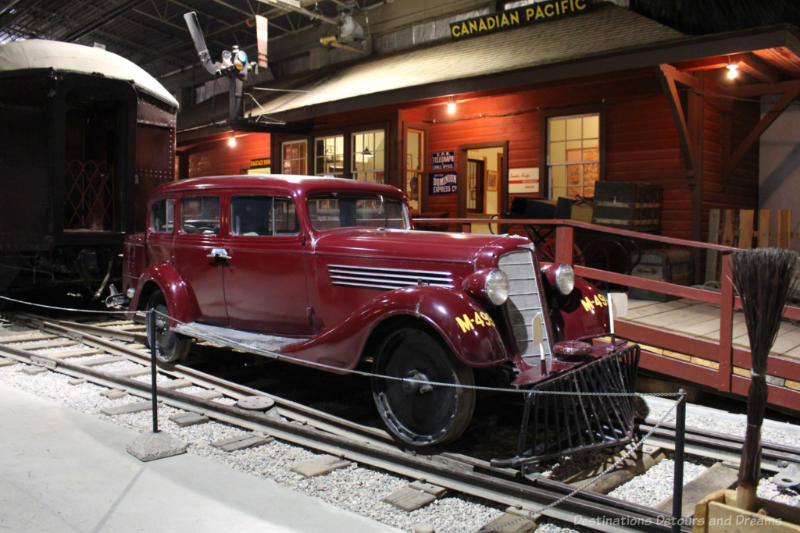
Visiting the Museum
The Moose Jaw Western Development Museum is open daily from 9 am to 5 pm with the exception of some holiday dates. Check the museum website for those dates and admission prices. Note that the museum covers a fair bit of space. Wear good walking shoes. The museum is on one level and wheelchair-accessible. The museum also has sensory backpacks available for children and youth who have sensory processing disabilities such as autism.
Never miss a story. Sign up for Destinations Detours and Dreams free monthly e-newsletter and receive behind-the-scenes information and sneak peeks ahead.
PIN IT

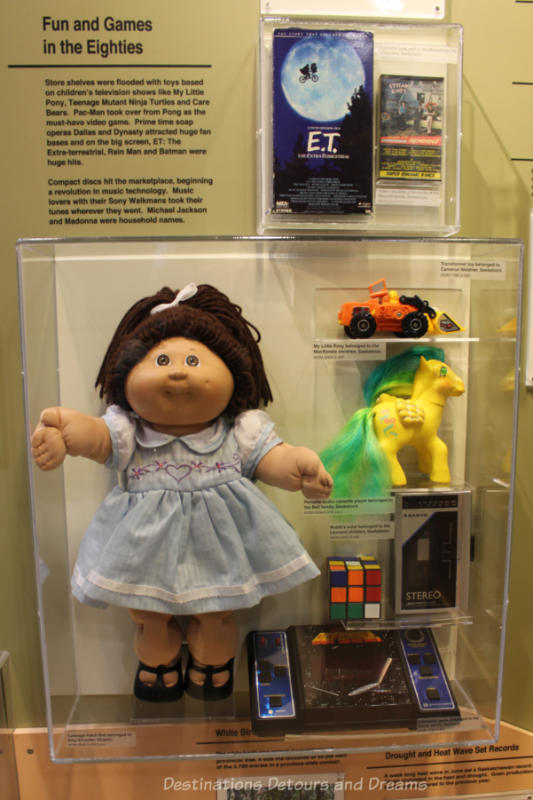
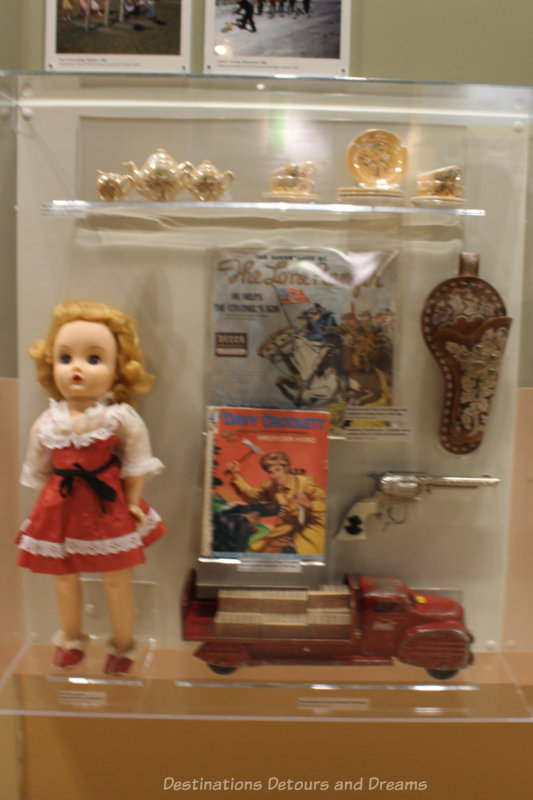
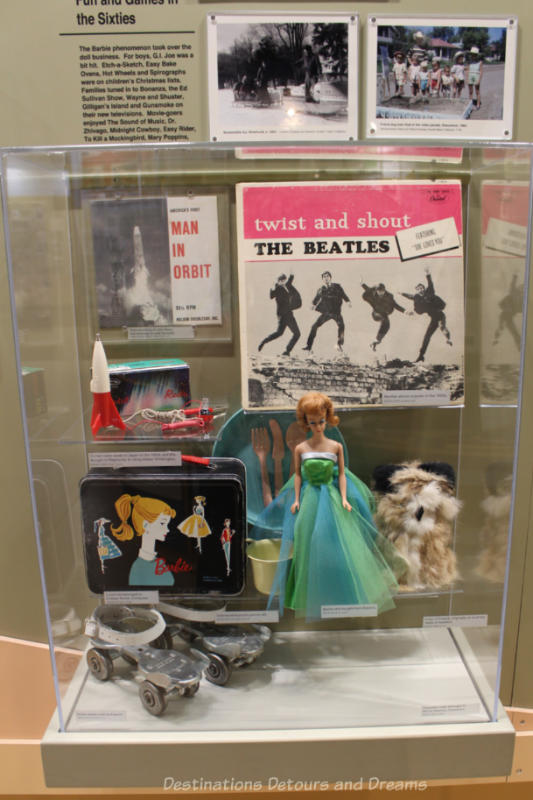
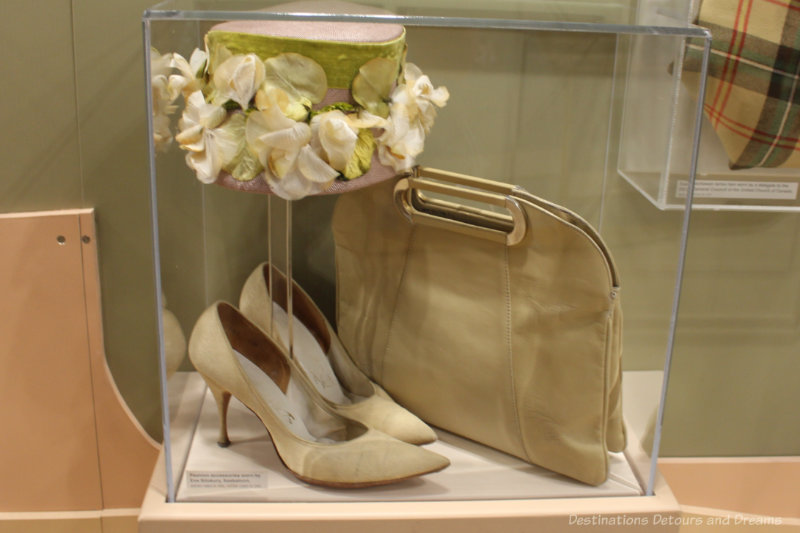
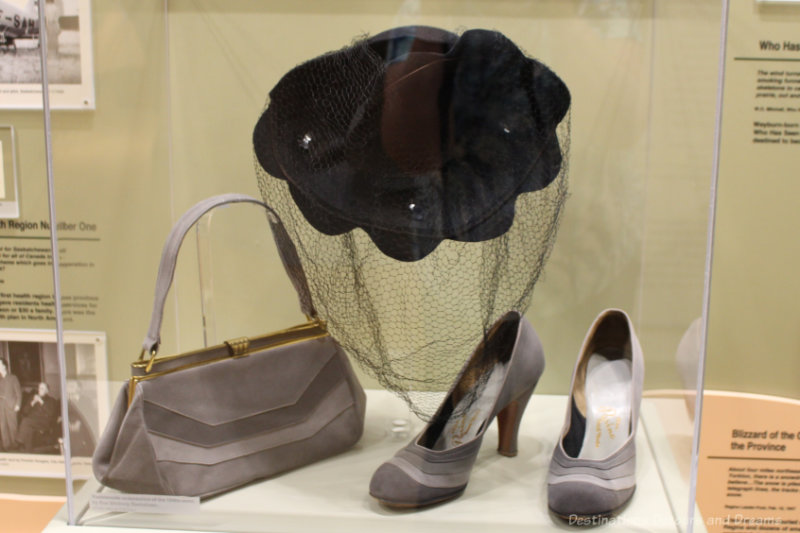
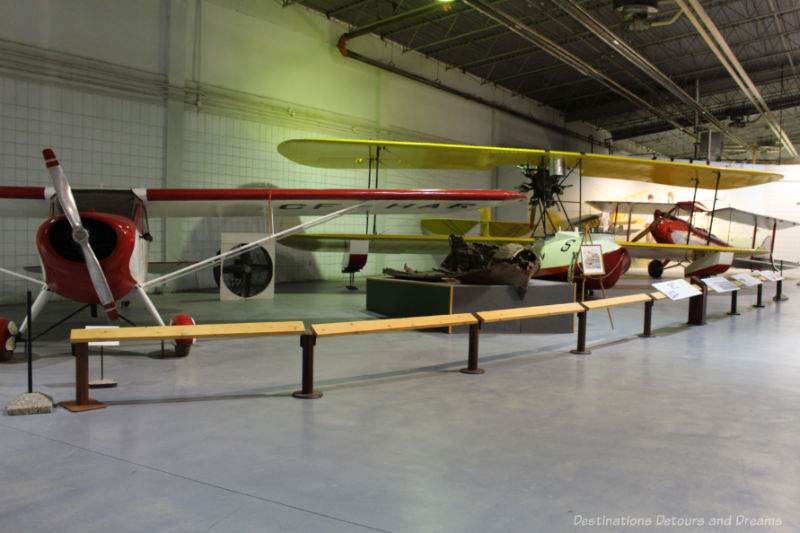
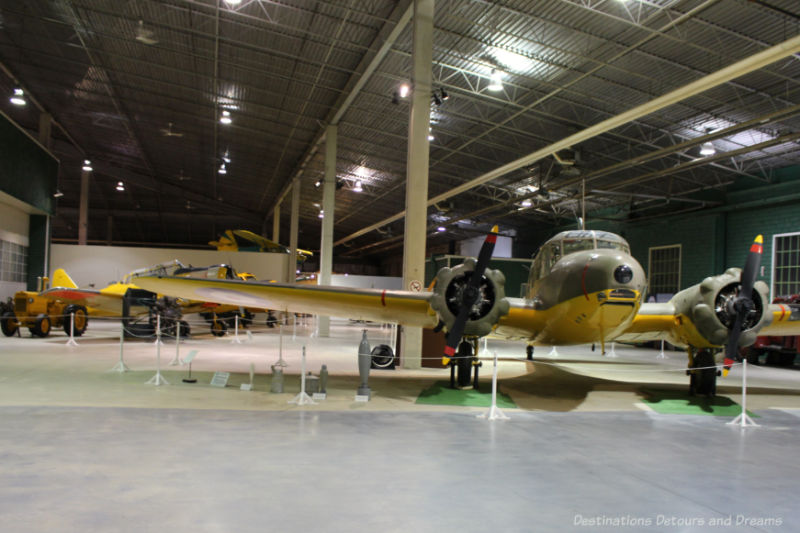
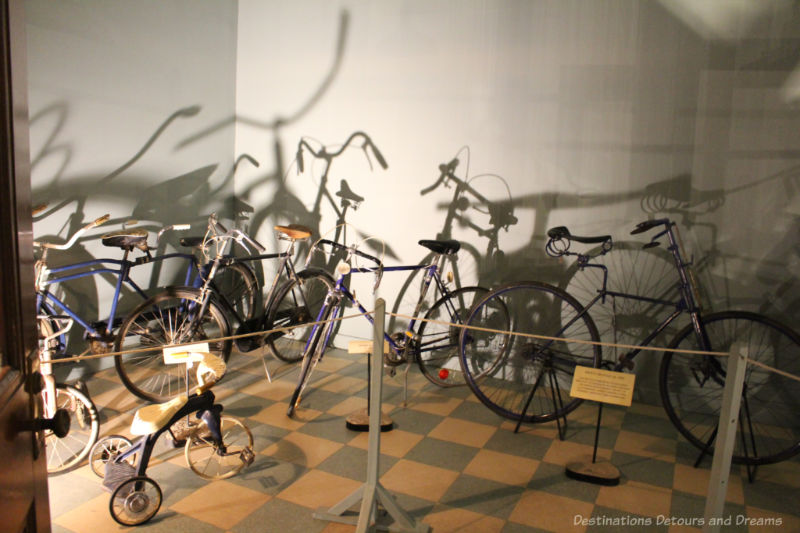
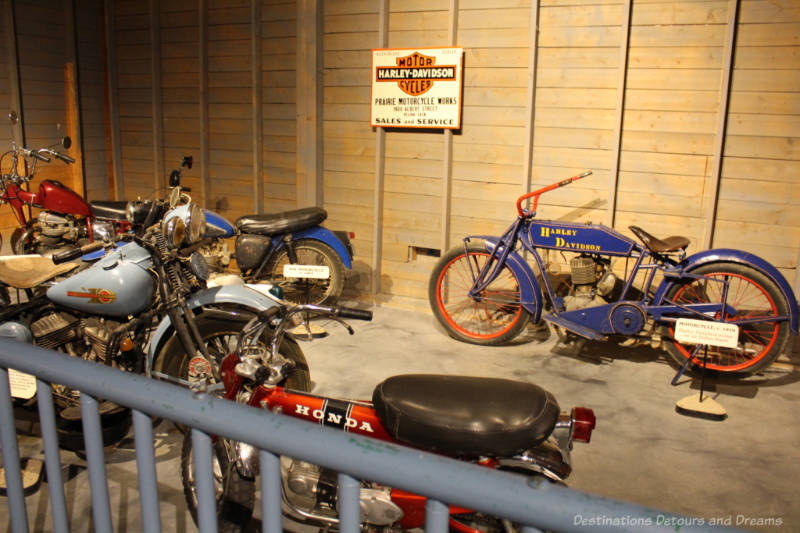
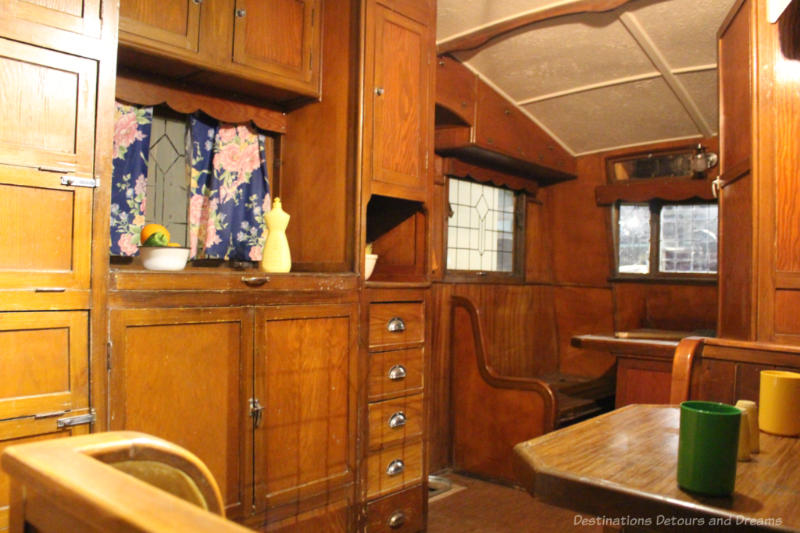
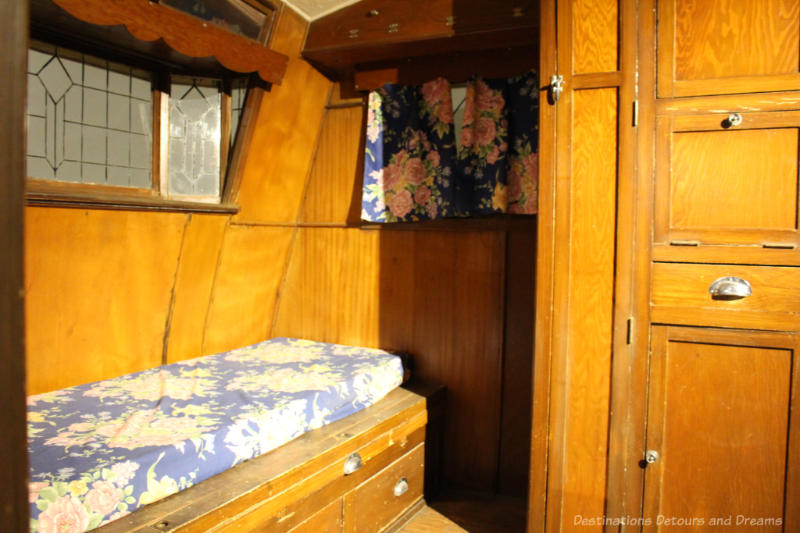
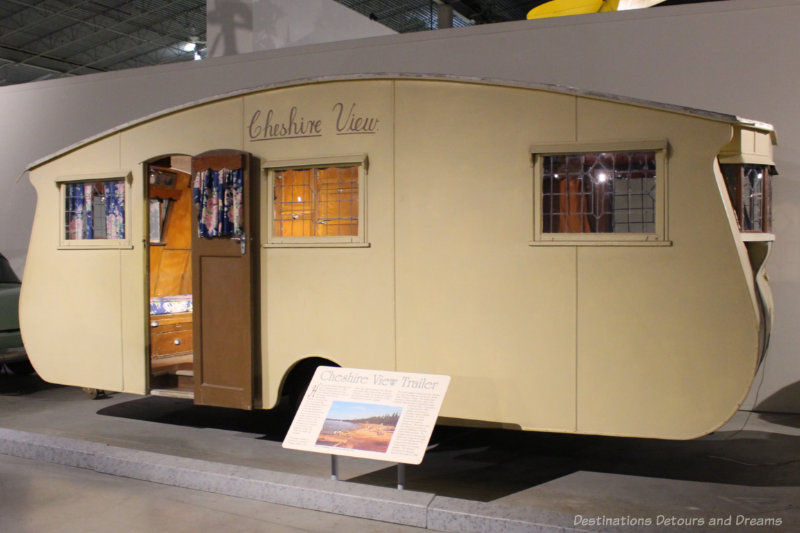
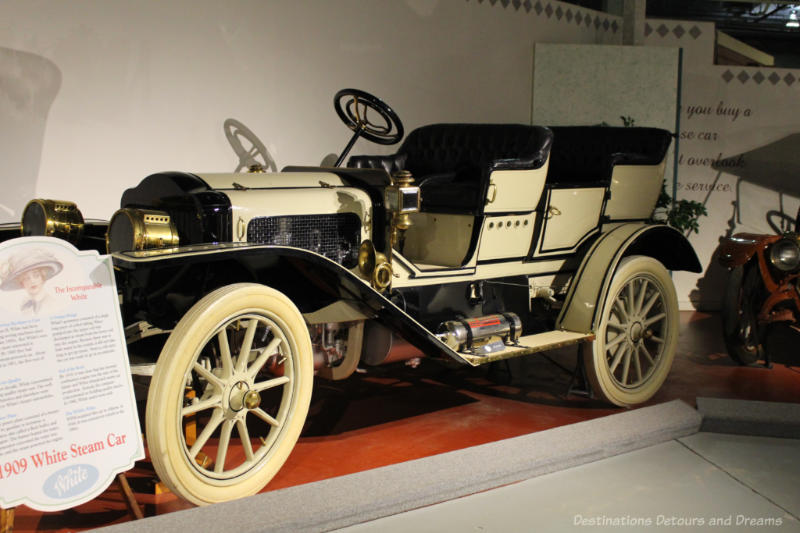
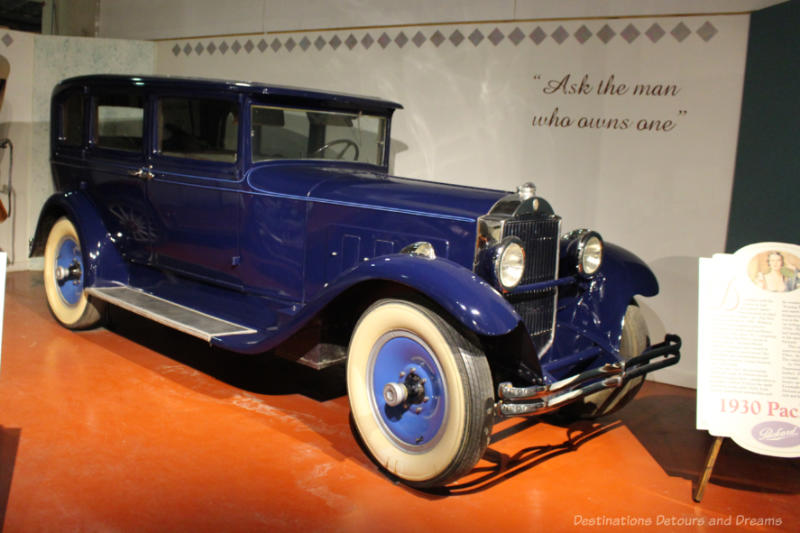
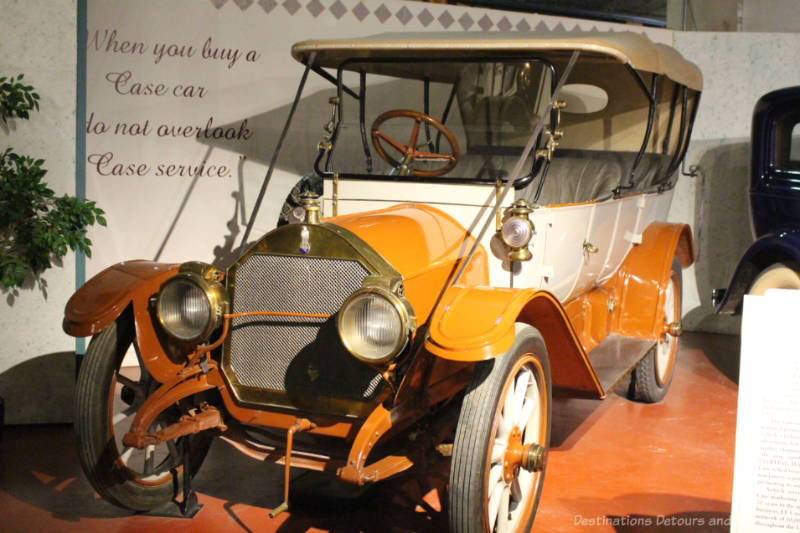
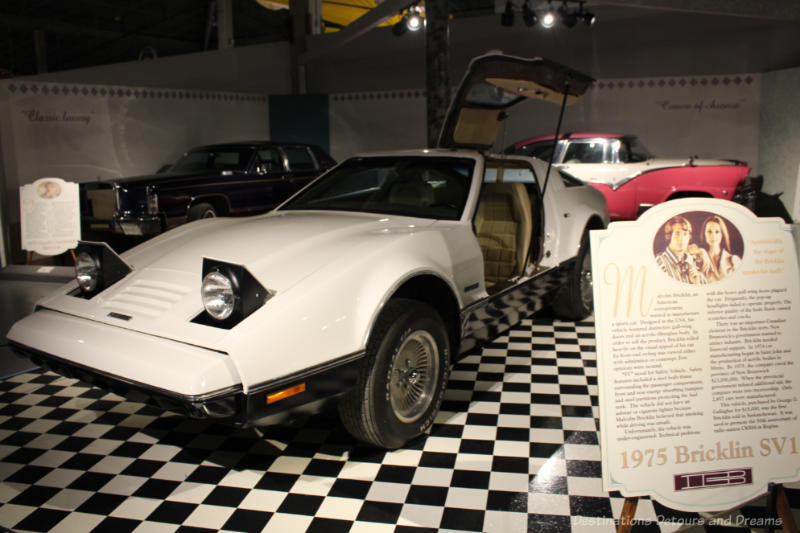
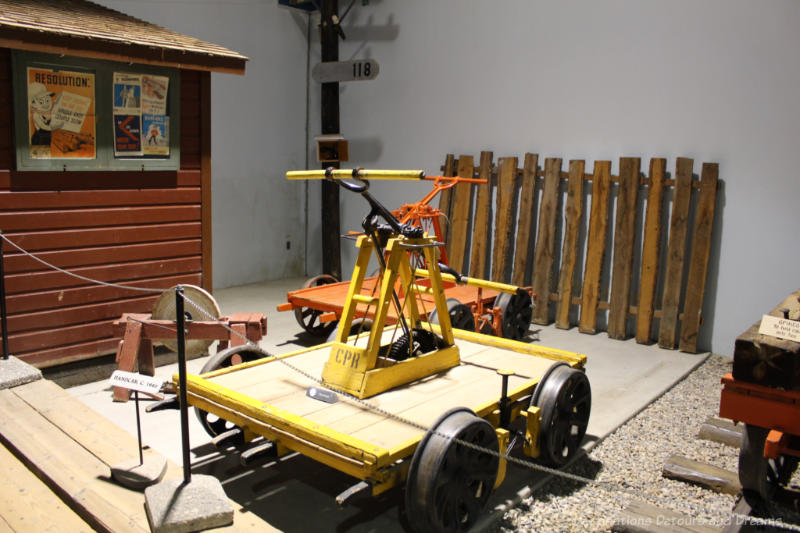
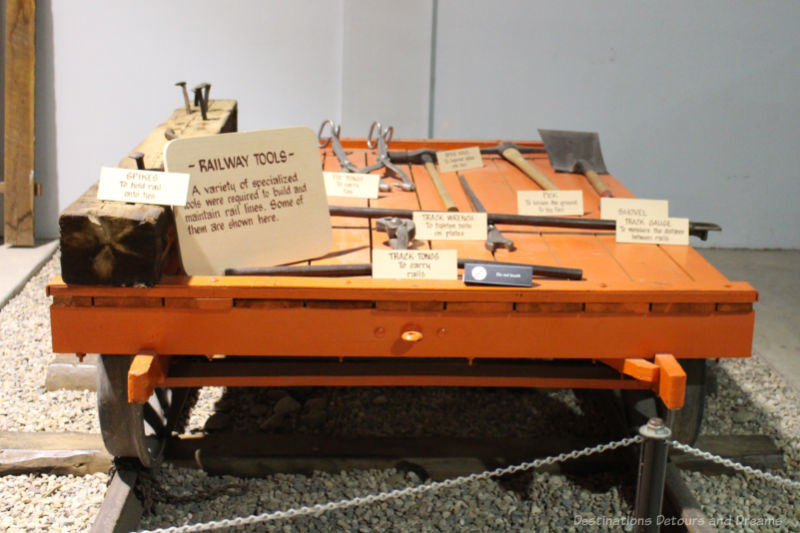
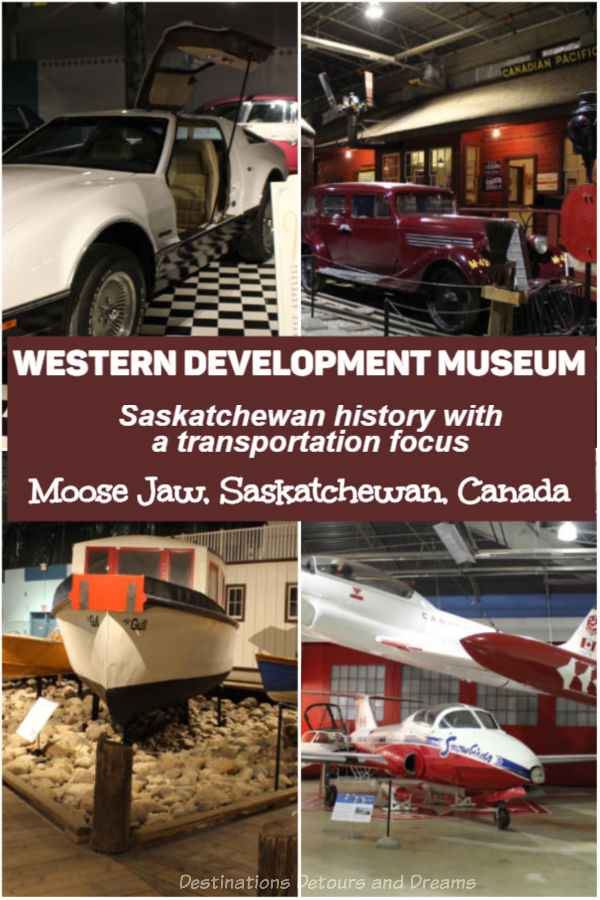
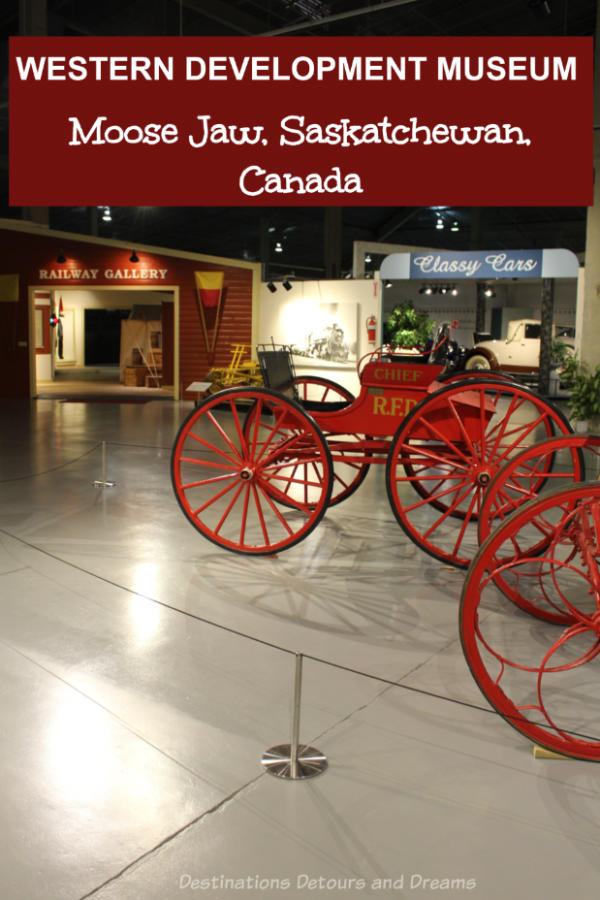
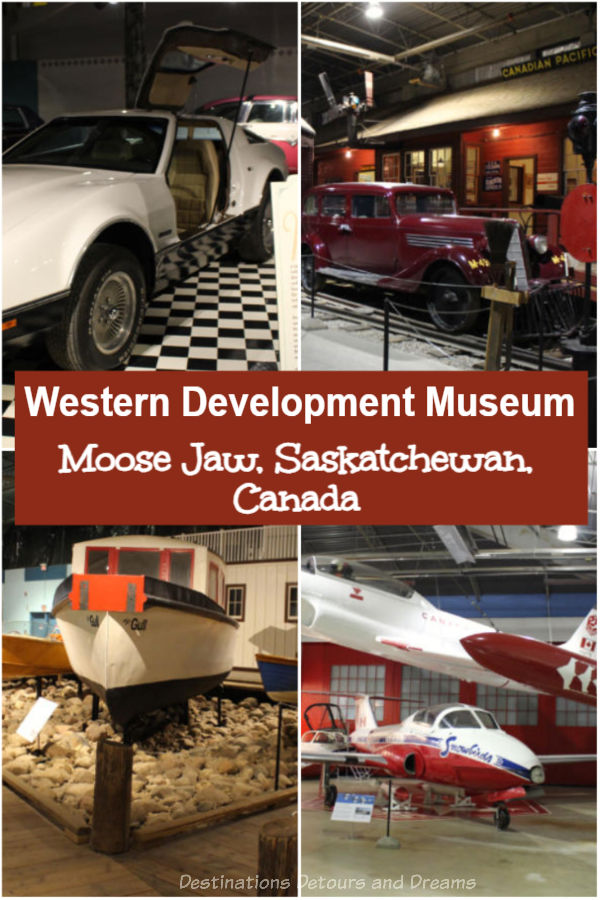
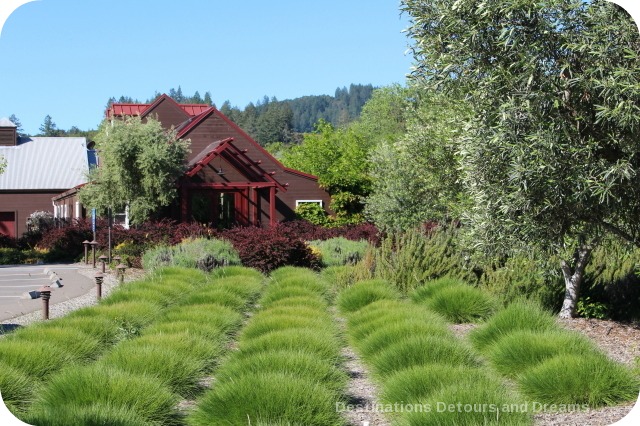
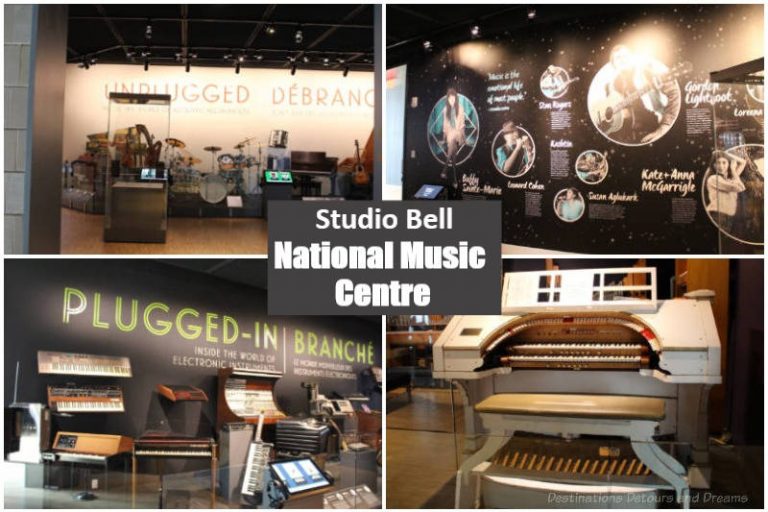
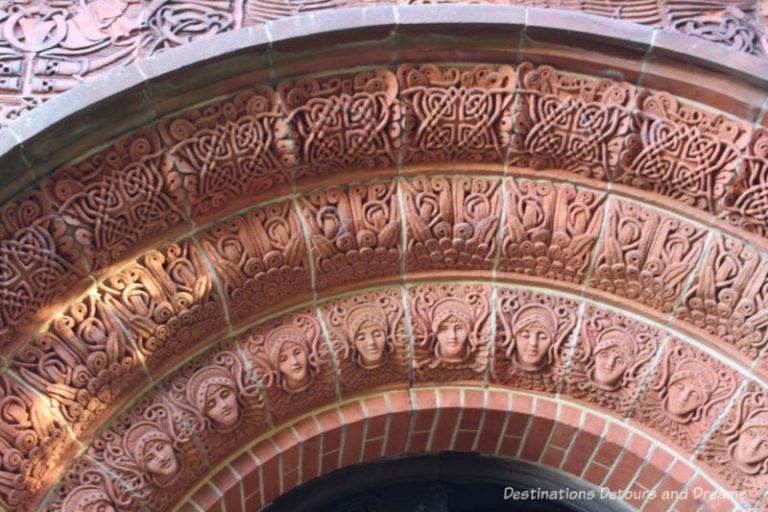
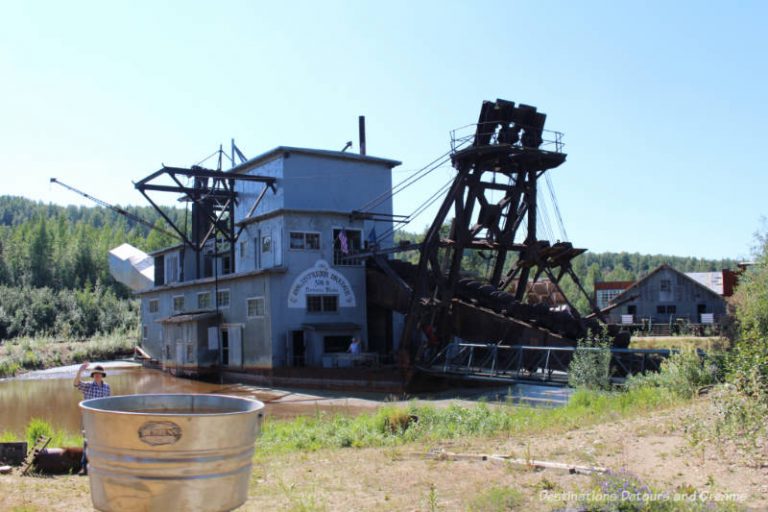
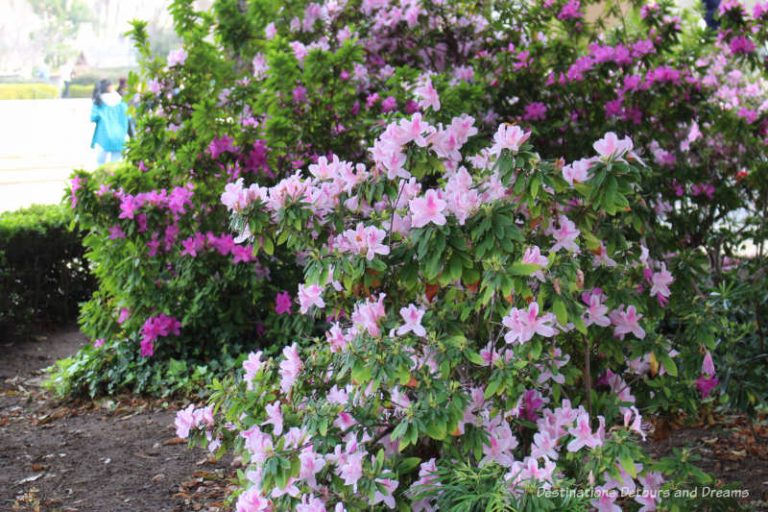
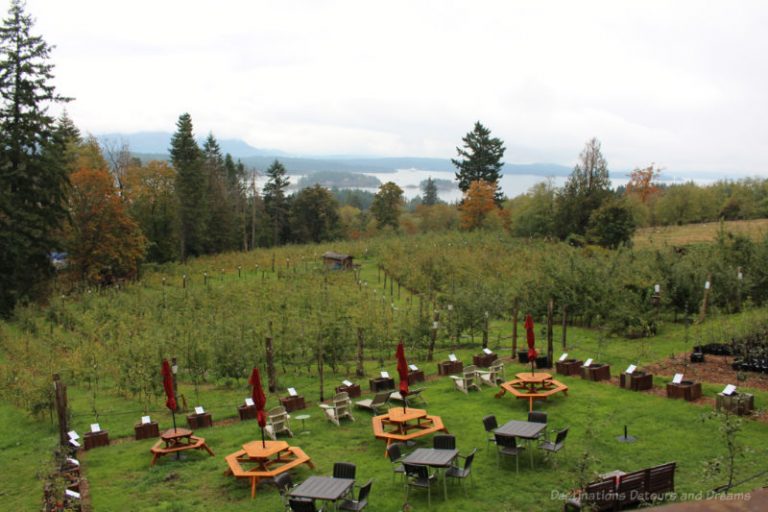
Everything there has been so beautifully restored. I especially noticed it in your photos from the land gallery. When I think of the history of the west in the U.S., I probably wouldn’t think so much of planes, more about trains.
Ken, trains were definitely a big part of western Canada’s transportation history, but so were planes. Bush planes gave new access to remote areas.
It looks like a fascinating museum. They’ve done a great job in the restoration of the exhibition items.
Arial, the restoration is good. The exhibition space is well laid out. The museum was much larger than I had anticipated.